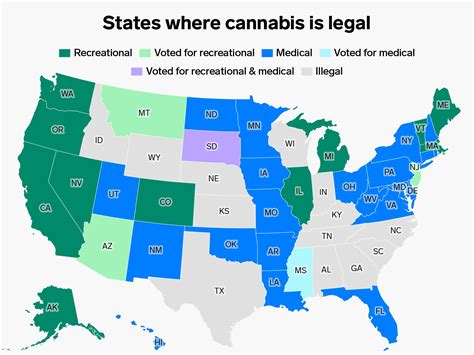The evolving landscape of marijuana legalization in the United States has raised important questions regarding its impact on various sectors, including transportation and public health. A notable document from the Department of Transportation (DOT) addresses these concerns, particularly focusing on the use of marijuana by safety-sensitive transportation employees, such as pilots, school bus drivers, and train engineers.

As of July 2022, 19 states have legalized recreational marijuana use, and 37 states allow medical marijuana for qualified individuals. This shift has prompted regulatory changes and discussions around public health implications. The 2022 ANNUAL CANNABIS REPORT – Illinois provides insights into these developments.
Moreover, the Federal Drug Administration (FDA) has taken steps in recognizing the medicinal benefits of cannabis. In June 2018, the FDA approved a drug with an active ingredient derived from marijuana to treat rare, severe forms of epilepsy. This decision, documented in the FDA Regulation of Cannabis and Cannabis-Derived Products: Q&A, marks a significant turn in how cannabis-derived products are viewed in the medical community.
The legalization of marijuana has also been linked to the opioid crisis. Studies, such as the one published in the National Center for Biotechnology Information, reveal mixed evidence about marijuana’s impact on opioid-related mortality rates.
Tax guidance for cannabis businesses, as seen in states like California, Washington, and Colorado, is crucial for compliance. The Internal Revenue Service (IRS) offers resources to help cannabis business owners navigate these unique tax responsibilities.
In conclusion, the legalization of marijuana, both for medicinal and recreational purposes, continues to shape policies and public health perspectives across the United States. While this offers new opportunities, it also presents challenges that require careful regulation and oversight to ensure public safety and health.